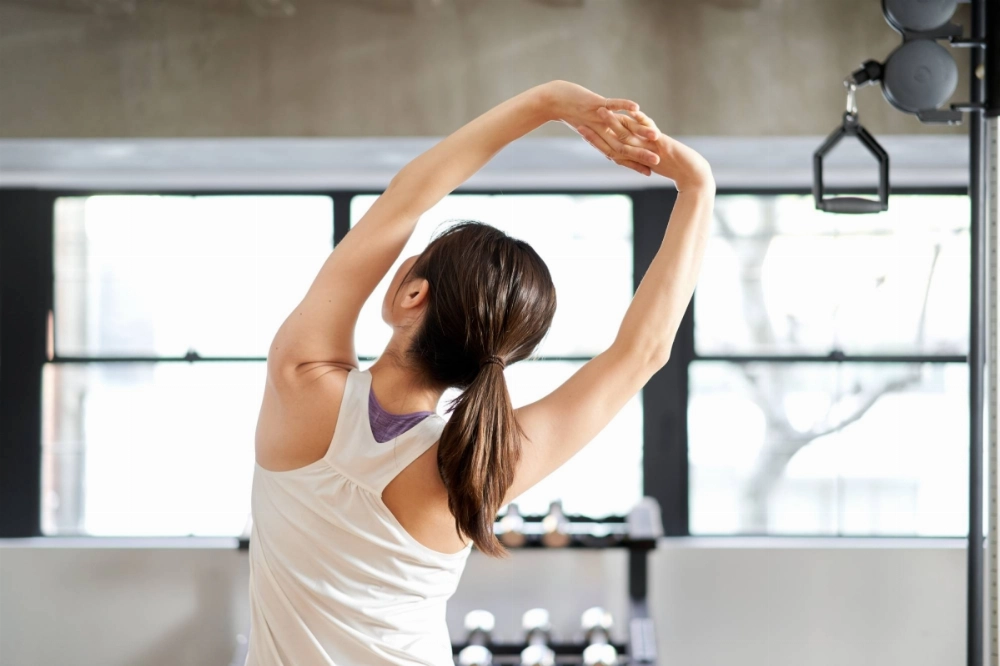Be it low-intensity Pilates workouts, sustainable cooling tools, or all-in-one nutritious onigiri (riceballs), 2024 saw Japan embrace a variety of age-friendly, climate-conscious and socially driven solutions in a year-long push toward better health.
At this year's Wellness Tokyo expo held from Nov. 27 to 29 at Tokyo Big Sight, attendees crowded a booth displaying beginner-focused Pilates equipment, such as "barrels" used to stretch the chest, back and hips. The machines feature gentler curves or mats in lower positions than traditional Pilates equipment, making them more accessible to people with less flexibility.
Such kinds of products and services are part of a growing subset designed to meet the needs and desires of older adults, and a representative from the exhibitor, which imports the equipment from South Korea, said she sees an increasing opportunity to market the products to more medical institutions in Japan, specifically for use among people in need of rehabilitation.


















With your current subscription plan you can comment on stories. However, before writing your first comment, please create a display name in the Profile section of your subscriber account page.